This is a cutaway drawing of the proposed structure of Ganymede's interior.
Click on image for full size
NASA
Differentiation
Differentiation is a scientific term which really means "to separate". In their earliest history, elements which comprised the planets and moons would part into separate regions, if the body was warm enough. This is the akin to the process whereby an oil & vinegar salad dressing will part into regions made solely of oil and solely of vinegar.
Planetary elements which separate include the heavy iron and the lighter silicate rock. Iron falls to the center of a planet and forms a core, silicate material might separate further into silicate-rich and silicate-poor regions.
Earth/Mars are examples of contiguous planets which did/did not differentiate early in their histories. Ganymede/Callisto are examples of contiguous moons which did/did not differentiate early in their histories. The lack of differentiation may say something about how warm these planets were upon formation.
You might also be interested in:
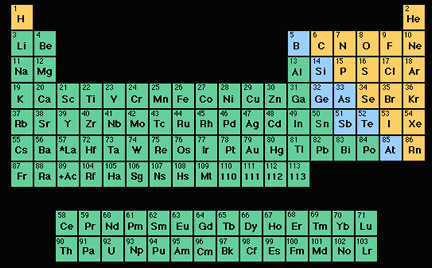
An element (also called a "chemical element") is a substance made up entirely of atoms having the same atomic number; that is, all of the atoms have the same number of protons. Hydrogen, helium, oxygen,
...more
Minerals occur naturally on rocky planets and form the building blocks of rocks. They are non-living, solid, and, like all matter, are made of atoms of elements. There are many different types of minerals
...more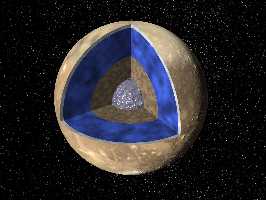
Also, prior to the official "beginning" of the Earth or start of the Archean age, the Earth turned inside out! That's right. The heavy iron which was part of the material which came together to form the
...more
The Archean is the name of the age which began with the forming Earth. The duration of the Archean, 2.8 billion years, is more than half the expected age of the Earth. We don't know much about this period,
...more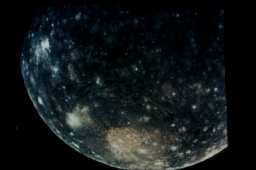
Most of the moons and planets formed by accretion of rocky material and volatiles out of the primitive solar nebula and soon thereafter they differentiated. Measurements by the Galileo spacecraft have
...more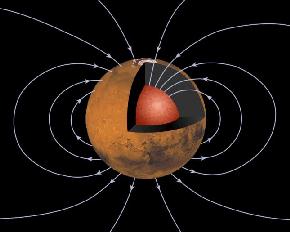
An important new result from the Mars Global Surveyor (MGS) mission is the definite confirmation of the presence of a magnetosphere around Mars. Previous missions made inconclusive measurements of the
...more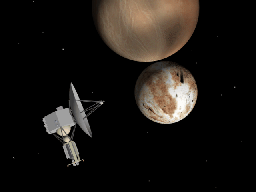
AU stands for Astronomical Units. Distances in space are too large to measure in Earth standards like miles or kilometers. For distances too large to measue in AU, we use light years. A light year is the
...more














